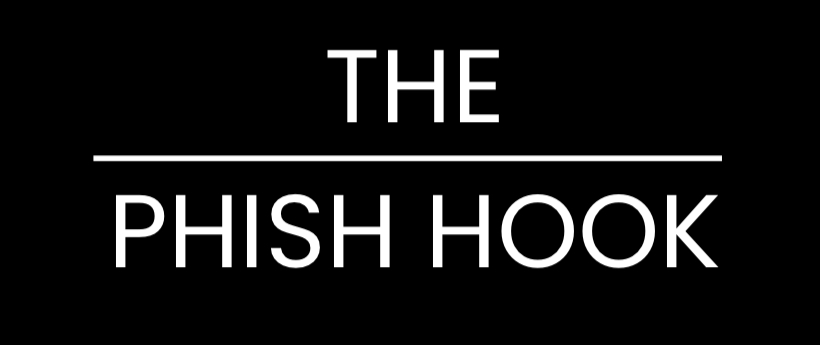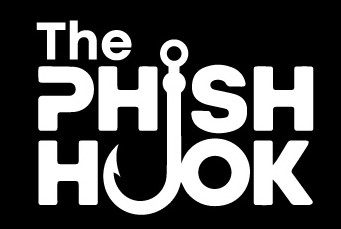In the ever-evolving ransomware landscape, VanHelSing has emerged as a relatively new but potent threat targeting Windows-based systems. Named after the famous vampire hunter, this malware ironically acts more like a digital vampire—encrypting files and draining systems of their availability.
VanHelSing ransomware first gained traction in mid-2024 and appears to be a variant or evolution of previously known threats like Phobos or Dharma, leveraging similar infection vectors such as phishing emails, RDP brute-force attacks, and malicious payloads embedded in cracked software. Once executed, it encrypts files using robust AES encryption and appends a unique extension, often customized per victim.
Notably, VanHelSing includes a ransom note demanding cryptocurrency payment in exchange for the decryption key, with the usual threats of permanent data loss or public exposure. While no advanced evasion techniques have been observed, its distribution campaigns have been aggressive in small-to-mid-sized enterprise environments.
Key Indicators:
• File extension: Often victim-specific
• Ransom note: info.txt or similar format
• Common delivery: Phishing attachments, RDP attacks
Defensive Tips:
• Disable unused RDP ports and use 2FA
• Educate staff on phishing awareness
• Regularly update and back up systems offline
VanHelSing is a reminder that even low-sophistication ransomware can have high impact. Prevention and layered defense remain the best way to stay ahead of these modern threats.
Stay patched, stay vigilant.



